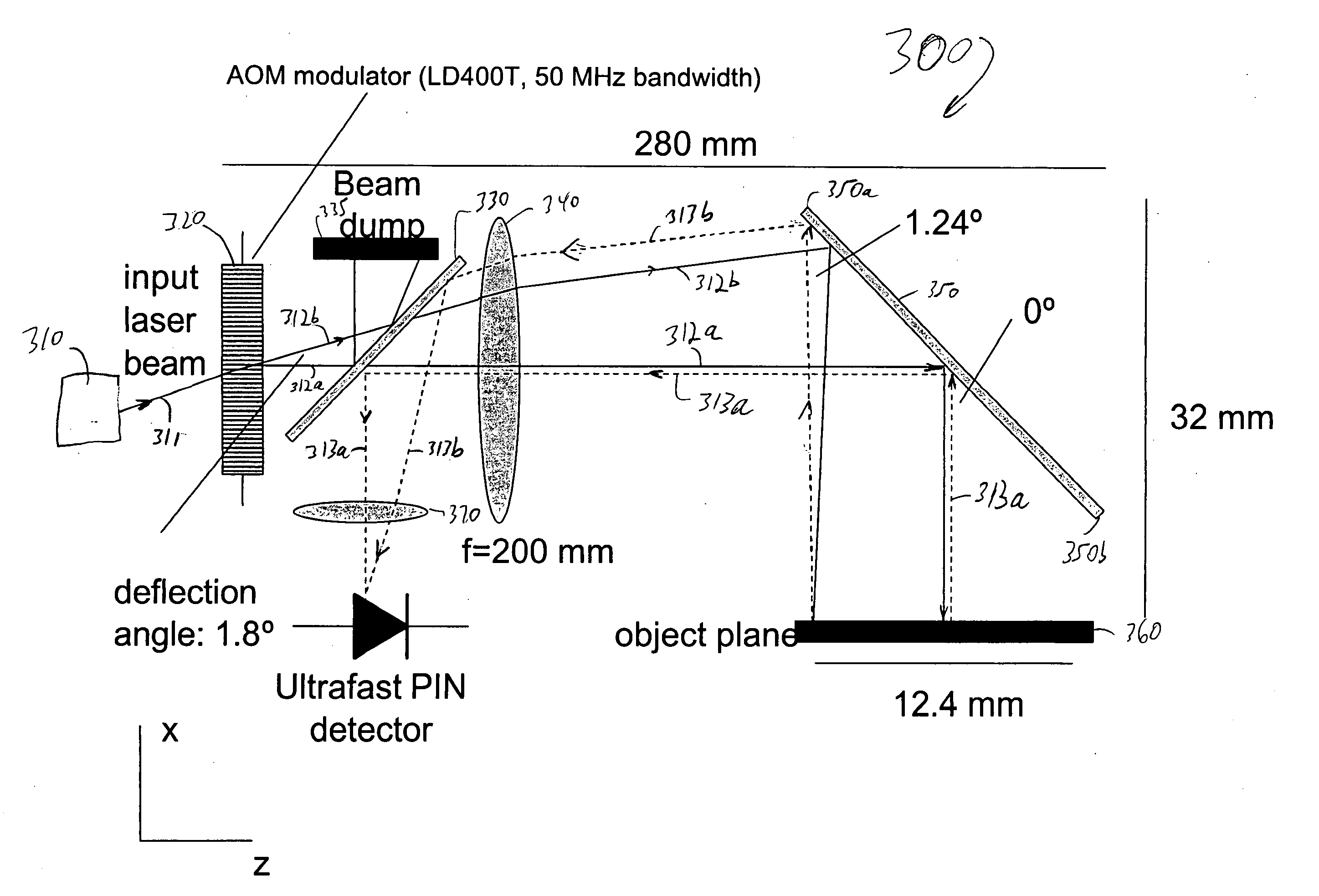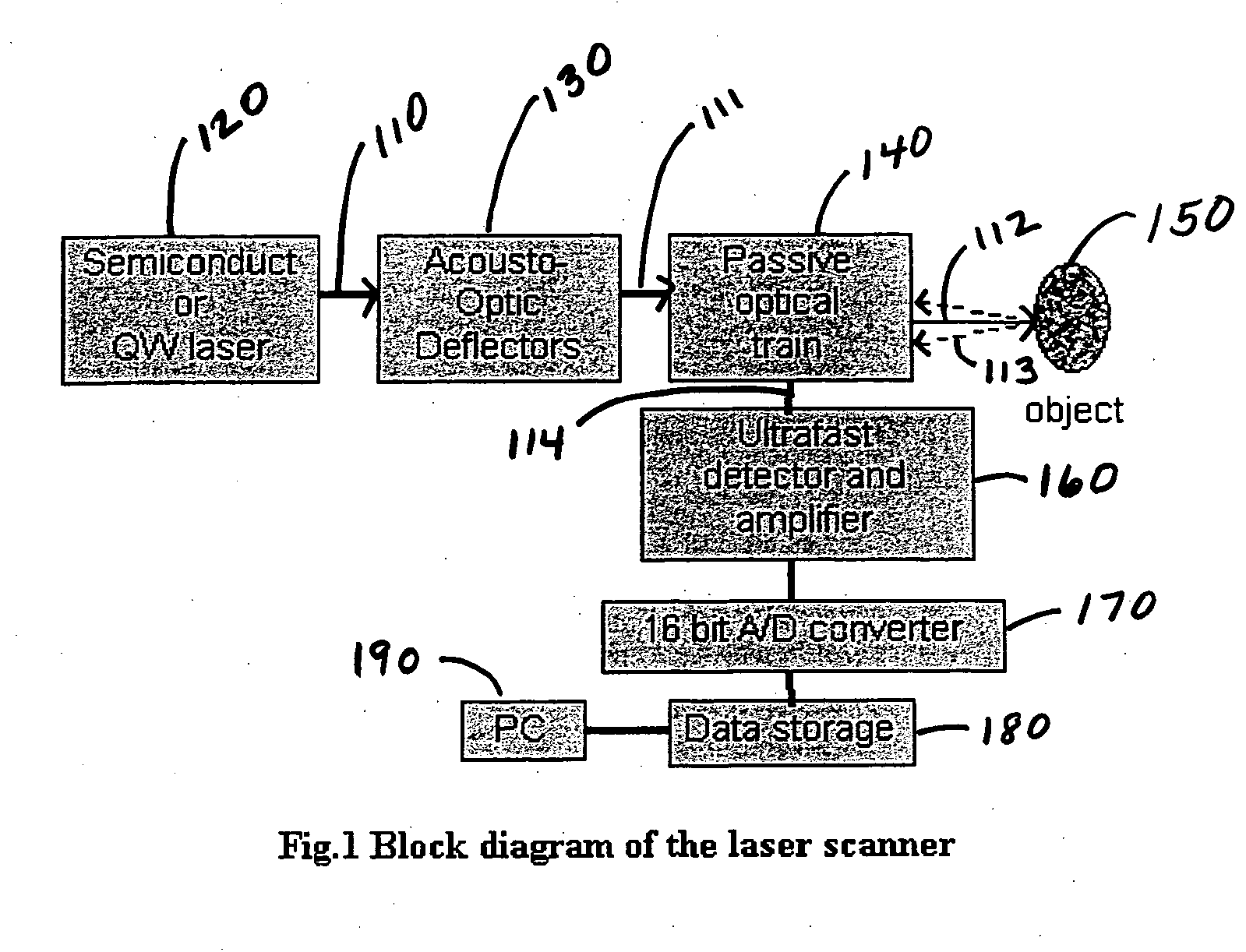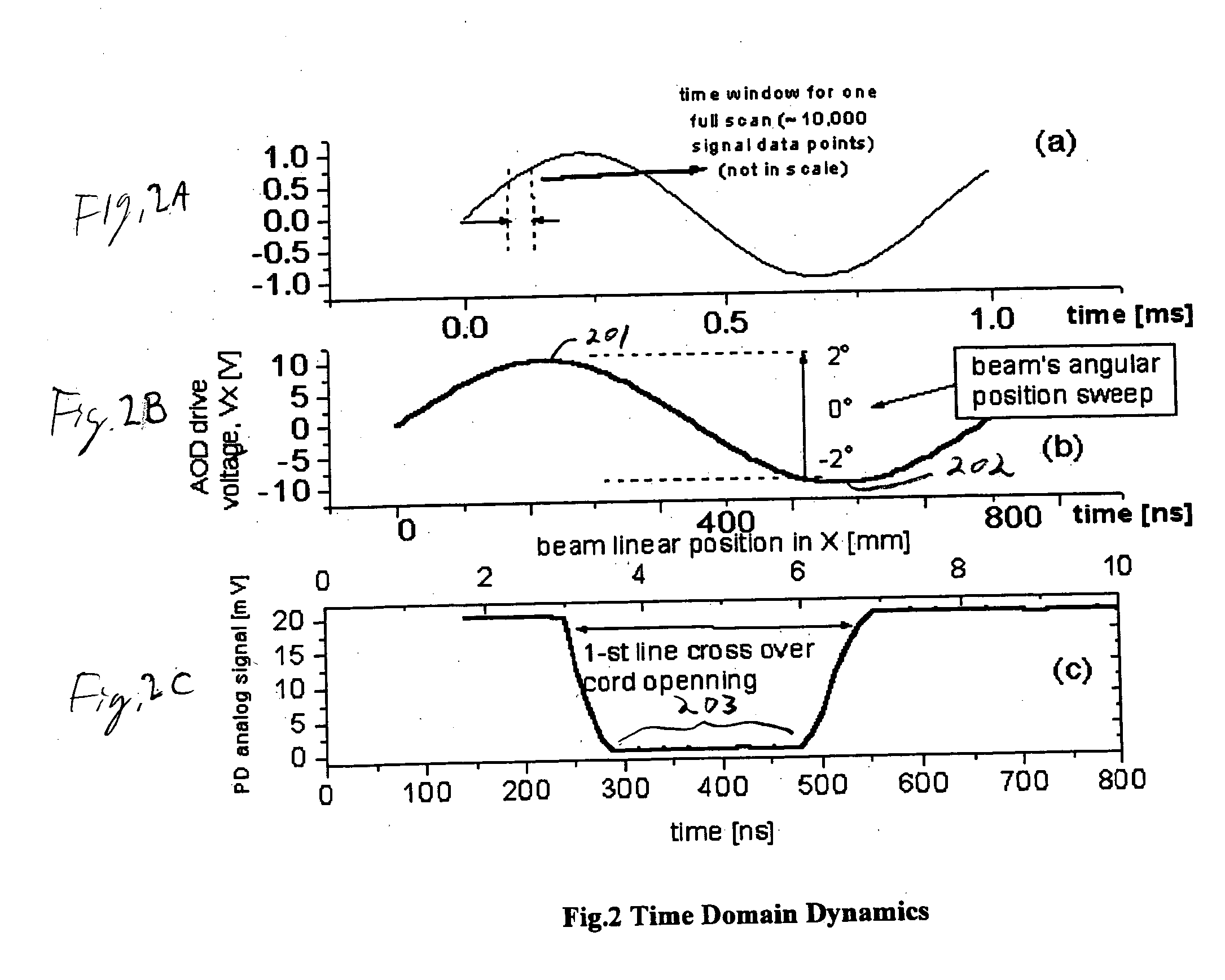High speed imaging system
a high-speed imaging and imaging system technology, applied in the field of high-speed imaging systems, can solve the problems of periodic vibration and/or incomplete contact of the vocal folds, significant social and occupational handicaps of individuals, and symptomatic of serious, even life-threatening underlying disease, etc., to improve the current clinical laryngeal imaging instrumentation and speed up signal processing.
- Summary
- Abstract
- Description
- Claims
- Application Information
AI Technical Summary
Benefits of technology
Problems solved by technology
Method used
Image
Examples
Embodiment Construction
[0029] Systems in accordance with the invention can produce high quality still and moving images of moving structures in tight, hard to access locations. Though the primary application for systems in accordance with the invention is likely to involve generating images and methods of diagnosis relating to the vocal cords, the invention can find applications in other areas, such as imaging heart valves, engine systems and other applications.
[0030] The core optical sub-system that enables generation of vocal fold imaging in accordance with an embodiment of the invention is a laser scanner. The laser scanner performance and capability relies in turn on several optoelectronic components. A functional block diagram of a vocal fold imaging laser scanner 100 assembled in accordance with an embodiment of the invention is shown in FIG. 1 to form image, a beam of coherent light 110 of a fixed wavelength (preferably selected from λ=700-1000 nm, preferably the 800-980 nm range) is output from a...
PUM
 Login to View More
Login to View More Abstract
Description
Claims
Application Information
 Login to View More
Login to View More - R&D
- Intellectual Property
- Life Sciences
- Materials
- Tech Scout
- Unparalleled Data Quality
- Higher Quality Content
- 60% Fewer Hallucinations
Browse by: Latest US Patents, China's latest patents, Technical Efficacy Thesaurus, Application Domain, Technology Topic, Popular Technical Reports.
© 2025 PatSnap. All rights reserved.Legal|Privacy policy|Modern Slavery Act Transparency Statement|Sitemap|About US| Contact US: help@patsnap.com



